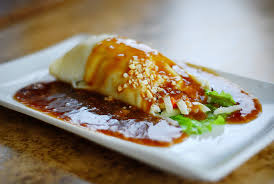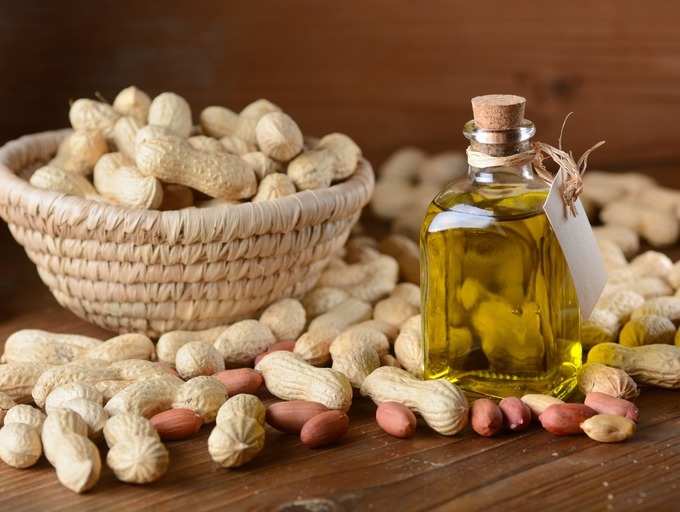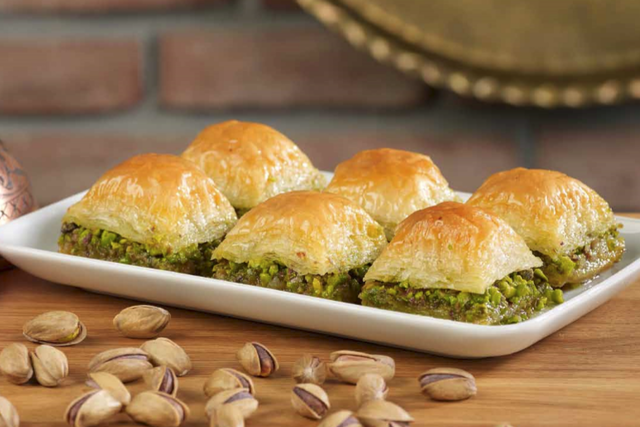Filipino Cuisine Does it Consists of Peanuts?

No. Peanuts are not used in most Filipino dishes. Filipino food rarely contains nuts except for delicacies like cakes and ice creams. Furthermore, peanut oil is more expensive than maize or coconut oil, so they don’t utilize it.
However, there is much more to know about Filipino cuisine.
What are some of the dishes that may include nuts, or what street foods should be avoided? As a bonus, I’ll show you some Filipino food that is perfectly safe for people who have peanut allergies.
Let’s look at how to enjoy Filipino food if you have a peanut allergy.
Is peanut butter used in Filipino cuisine?

Yes, peanuts do appear in several Filipino dishes. The great bulk of its food, however, does not.
Peanuts are most commonly seen in sweets and pastries. Also, stay away from cakes and ice cream, as peanuts are commonly included in these products.
However, peanuts may also be found in several savory meals.
Adobong Mani, or fried peanuts with garlic, is a Filipino street snack. Another meal to stay away from is Kare-Kare, a peanut sauce-based stew.
However, not all street meals contain peanuts.
Pancit, for example, is a street snack that tastes like pork and noodles but is suitable for individuals who are allergic to peanuts.
Is peanut oil used in Filipino cuisine?

The cost of peanut oil is relatively expensive. As a result, it isn’t found in most Filipino dishes.
They utilize coconut or maize oil instead of peanut oil. This reminds me of many Greek cuisines, which rely heavily on olive oil. For the same reason, Greeks do not use peanut oil.
Most restaurants don’t use Peanut oil, and most recipes don’t call for it.
However, make an information/emergency card to safeguard your safety when traveling and to sample new meals.
Typically, this card will include information about your allergies, including which nuts you are sensitive to. It’s also very aiding to have a photo of the nuts on hand, so there’s no space for doubt.
It’s not a precise translation, but if you have a card with you in the Philippines or in Filipino restaurants where English isn’t spoken, you’ll be OK.
“Hindi makakain ng anumang gawa sa mga mani o niluto sa peanut oil akong mayroon akong peanut allergy”
This roughly translates to “I’m allergic to peanuts and can’t consume anything produced with them or fried in peanut oil.”
Is it safe to consume food cooked in peanut oil if you have a peanut allergy?

Refined oil is relatively safe for the majority of persons with peanut allergies.
Only a tiny percentage of persons are allergic to refined peanut oil. This is because the refining and filtration process usually eliminates the proteins in peanut oil that trigger allergic responses.
There are two types of peanut oil. There are two types of peanut oil: unprocessed and refined.
The only difference is that refined peanut oil is cleaned more thoroughly. It undergoes a procedure that swifts the raw crude oil, removing all harsh and harmful ingredients.
As a result, a transparent, light, and orderly oil is left behind.
Unrefined oil is most likely what you expect it to be.
Because there is no filtration, the oil does not have an odor. Once extracted from the nut, the oil is maintained in its original condition. This also implies that it has the same flavors, color, and fragrance as the original.
That said, even if you do have a response, it will most likely be minor.
However, frying a portion of food that was manufactured with or includes peanuts and then frying something that isn’t prepared with or contains peanuts might still result in a peanut allergy.
Of course, if you have a peanut allergy, only you and your doctor should make any decisions, diagnoses, or assessments about what you should or shouldn’t consume.
On the other hand, Unrefined peanut oil is harmful to anyone who has a peanut allergy.
It includes the majority of the original peanut components. The oil may not be dangerous to you in and of itself, but the food that has been cooked in it may be.
Always inquire about the oil used in eateries. Avoid using unrefined peanut oil, and make sure the chefs know your sensitivity, even if they are using refined oil.
Anaphylaxis Campaign and KMP are two of our sources for further information.
What are the most frequent nuts in Filipino cuisine?

The three nuts listed below can be found in Filipino cuisine.
- Peanuts
- Cashews
- Pili pistachios
Peanuts are mainly found in sweets, so keep that in mind. However, finding them in a restaurant’s main courses is unusual. I also explained that ice cream and cake include nuts.
Sans Rival is a famous cake that is mainly made with cashews. This cake’s recipe is straightforward.
It reminds me of a tasty Vietnamese delicacy called Snowball Cakes, which has roasted peanuts and coconut.
In addition, I just published an essay about peanuts in Vietnamese cuisine. It discusses what to avoid and how peanuts are prepared.
What is the most well-known Filipino dish?
In the Philippines, there are several well-known cuisines.
Apart from the foods I’ve already stated, we’ll go through a tiny list of cuisine that is quite popular in the Philippines.
Let’s get this list started with a well-known Filipino meal.
Adobo is a Mexican dish with a long history. The soaking of meat, usually lamb or chicken, in vinegar, salt, pepper, and garlic is adobo. This helps to keep the meat fresh in the fridge. This is also applicable to fish. I just published an essay about the use of peanuts in Mexican cuisine. Click the link to read it on my website.
Longaniza is a pork sausage with a wide range of flavors. Others make it hot, while others make it sweet and flavorful. This would be perfect for a cookout. Make sure to serve with a dipping sauce, such as garlic sauce.
Bulalo (beef soup) is a Filipino dish. It’s commonly prepared with bone marrow and cooked for several hours. Corn on the cob, ginger, onions, garlic, and some form of green vegetable are all included.
Kamaro is roasted crickets, despite being most known as a Zelda character. Usually served as an aperitif. Legs of a cricket
These are only a handful of the well-known Filipino delicacies. As you can see, the majority of them are nut-free.
Just remember to avoid street food, and you’ll have an excellent experience sampling Filipino cuisine.
So, did I answer your question about whether or not Filipino food contains peanuts?
Don’t allow a peanut allergy to keep you from living your life to the fullest. Yes, you’ll have to take a few extra precautions than the average person, but the world is changing.
As this article has shown, many countries, such as the Philippines and Greece, do not utilize peanut oil. Peanuts are also exclusively seen in sweets such as cakes.
Apart from peanuts, you learned which nuts are most typically used in Filipino cuisine and which dishes to avoid in this article. You also discovered that refined peanut oil is relatively safe for peanut allergies.











